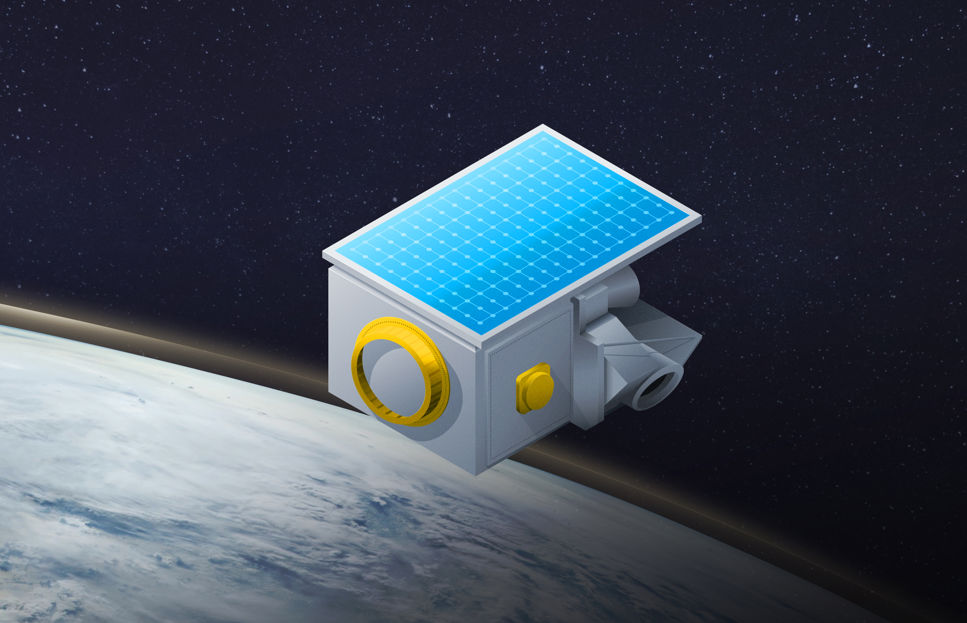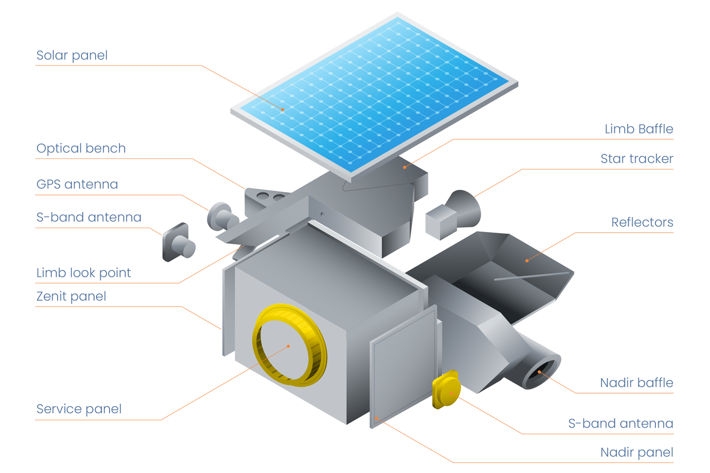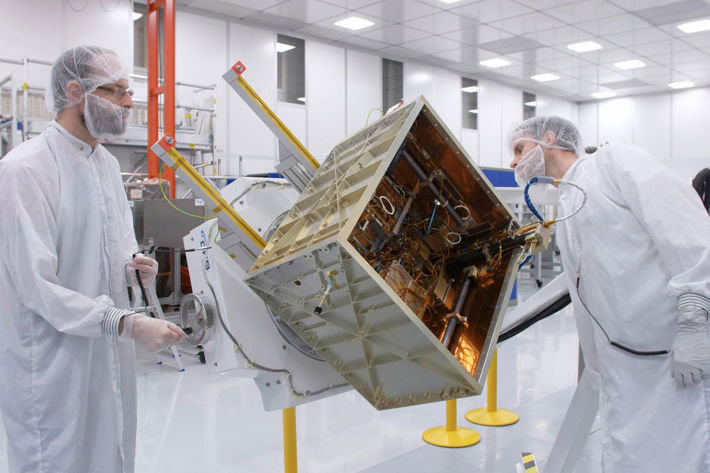By performing a tomographic analysis of these images, 3D reconstruction of these waves can be done. This will allow the MATS mission to provide the first global map of the properties of atmospheric waves in all spatial dimensions.
The MATS mission is based on the development of the InnoSat spacecraft concept. The InnoSat spacecraft is a small, capable and low-cost platform intended for a range of scientific research missions in Low Earth Orbit. It is designed to fit within a piggyback launch envelope, and has a mass of roughly 50 kg mass and a size of 60×70×85 cm. The satellite is being developed by OHB Sweden, ÅAC Microtec, Department of Meteorology (MISU) at Stockholm University, Department of Earth and Space Sciences at Chalmers, Space and Plasma Physics Group at KTH and Omnisys Instruments. The mission is funded by the Swedish National Space Agency (SNSA).
The satellite is scheduled for launch late 2021.





